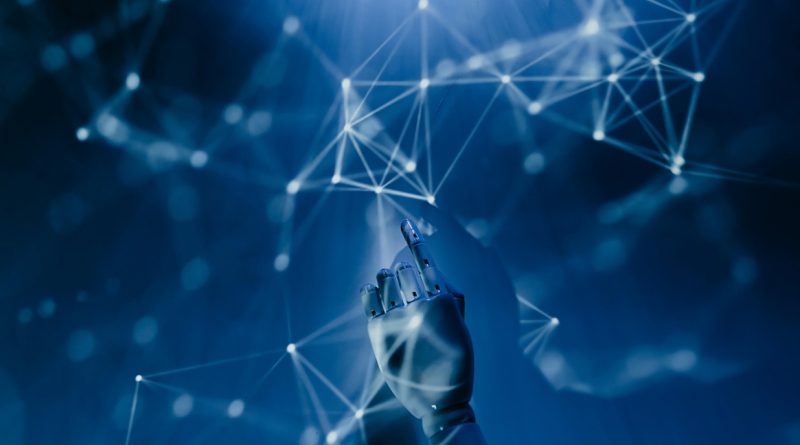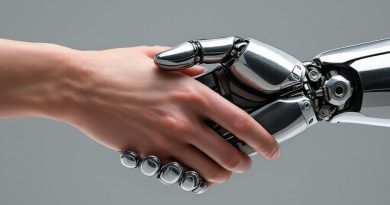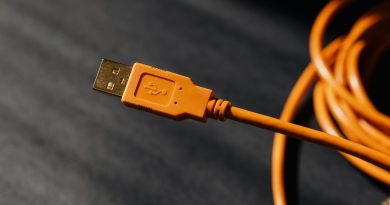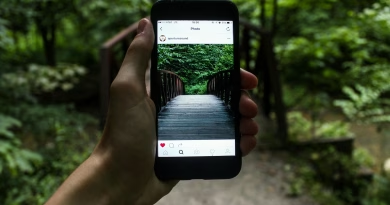How Generative AI is Changing the Music and Art Industries
For centuries, the creation of art and music has been seen as a uniquely human endeavor, a sacred space for passion, skill, and creative genius. That sacred space has just been breached. Generative artificial intelligence has exploded into the creative world, bringing with it a set of tools so powerful they are forcing a fundamental re-evaluation of what it means to be an artist or a musician.
This isn’t just a new version of Photoshop or a smarter synthesizer. AI is now a capable creator in its own right. This shift has created a deep schism within the creative industries, with AI being simultaneously hailed as a revolutionary new tool and feared as an existential threat. Let’s dive into how this powerful technology is changing both music and art forever.
The Sound of the Machine: AI in Music
The music industry is being shaken to its core by a new wave of AI music generators.
- The Opportunity: The Ultimate Co-Writer: For musicians, AI is becoming an incredible creative partner. Tools like Suno and Udio can take a simple text prompt—”a soulful folk song about a rainy day in Nashville”—and generate a fully produced, broadcast-quality song with vocals, instrumentation, and lyrics in seconds. This is a powerful tool for brainstorming, breaking through writer’s block, or creating royalty-free background music for videos and podcasts.
- The Threat: Voice Cloning and “Fake” Hits: The dark side is deeply unsettling. AI voice cloning technology has made it possible to create new songs that sound like they were sung by famous artists like Drake or Taylor Swift. These “AI fakes” have gone viral, creating massive copyright and identity crises. It raises the question: who owns a voice? Furthermore, if anyone can generate a “good enough” song with a simple prompt, it devalues the skill and years of practice required to become a professional musician.
The AI Canvas: A New Era for Visual Art
The impact of AI on the visual arts has been even more immediate and controversial, driven by powerful image generators like Midjourney and Stable Diffusion.
- The Opportunity: The Ultimate Concept Artist: For digital artists, game developers, and film directors, AI is a tool of unprecedented speed. It can generate dozens of high-fidelity concept images for a new character or a fantasy world in minutes, a process that used to take days of manual work. It allows for rapid visual brainstorming and iteration, freeing up artists to focus on refining the final vision. Many artists are now using AI as a starting point, generating a base image and then taking it into traditional software like Photoshop to add their own human touch and expertise.
- The Threat: Style Theft and The End of the Gig: The controversy here is immense. These AI models were trained by scraping billions of images from the internet, often without the consent of the original artists. An AI can now be prompted to create an image “in the style of” a specific living artist, effectively copying their unique, hard-won aesthetic. This not only devalues the artist’s brand but also threatens their livelihood. Why would a company hire an illustrator for a commercial when they can generate a “good enough” image in that same style for pennies?
The New Creative Divide
The core of the debate is this: is AI a tool, like a camera or a synthesizer, that will be wielded by human artists to create new and exciting things? Or is it a replacement, a technology that automates creativity to the point where the human artist is no longer necessary for many commercial jobs?
The answer, in 2025, seems to be both. We are seeing a new class of “AI-native” artists who are using these tools in inspiring ways, while at the same time, many traditional graphic designers and commercial musicians are feeling a very real threat to their professions.
The legal and ethical frameworks are still racing to catch up to the technology. Lawsuits over data scraping and copyright are piling up, and the outcomes of these cases will shape the creative economy for decades. One thing is certain: the line between the human artist and the machine has been irrevocably blurred, and the creative world will never be the same.




